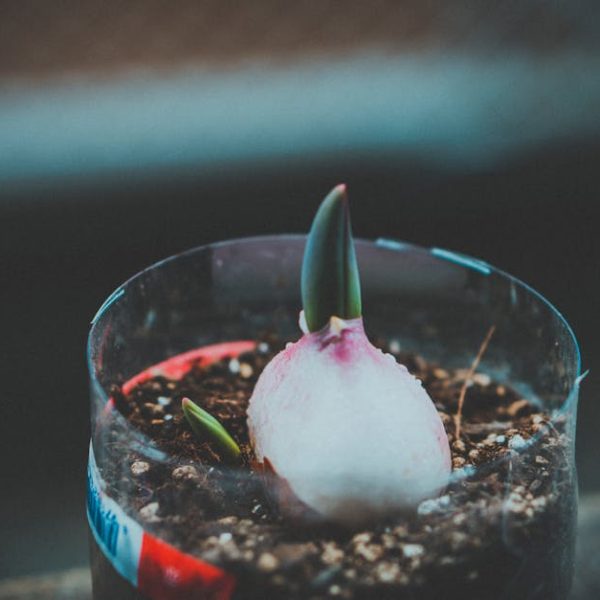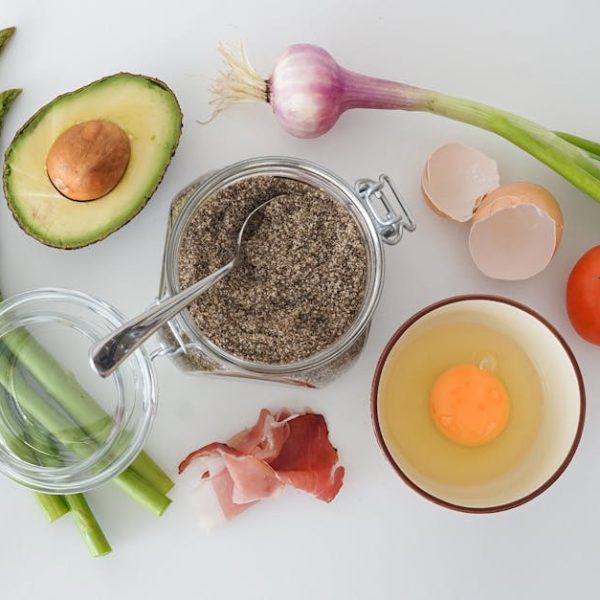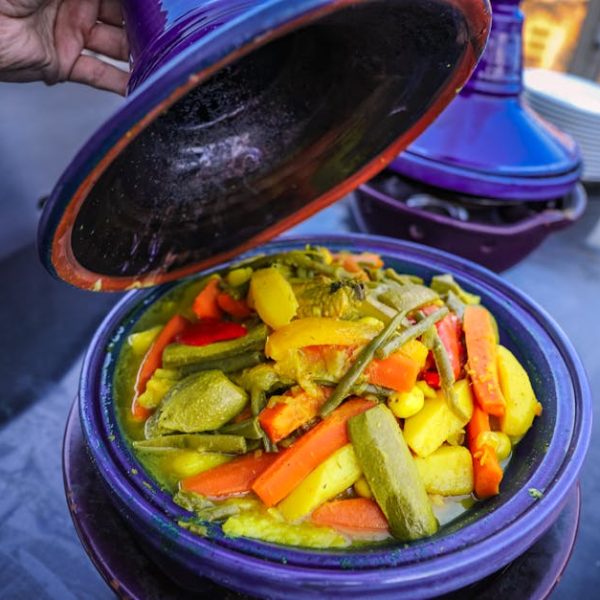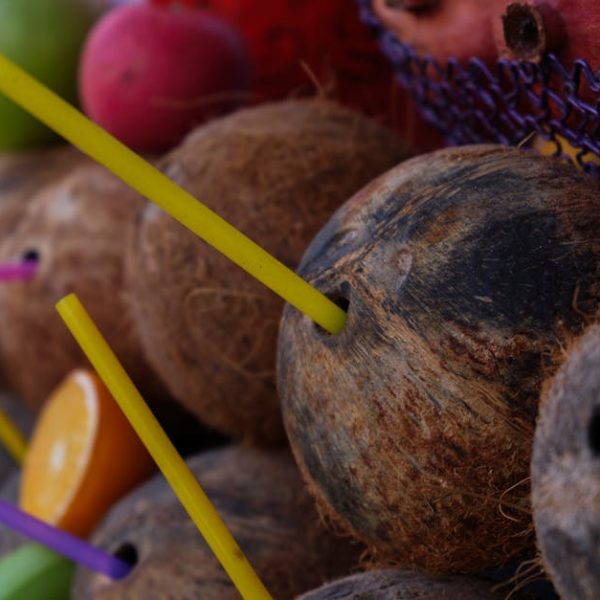Balancing the robust, earthy flavor of your favorite dishes often requires a sprinkle of fresh cilantro, known for its unique taste and aroma that can either elevate your meal or leave you wishing you’d added it sooner. But maintaining that intense burst of freshness can be a challenge – how can you keep your cilantro fresh for longer? Here is your definitive guide, encompassing five easy, yet effective methods, and best practices to achieve this.
Method 1: Storing in a Glass of Water
A refreshing drink is what everyone needs after a long day, including your cilantro! Treat your herbs like a bouquet of flowers: trim the ends and place them in a glass of water, upright. Ensure the cilantro stems are submerged while the leaves remain dry and above the liquid to avoid spoilage.
But don’t leave them unattended! Regularly change the water, which will prevent the growth of bacteria that could damage your cilantro. Coupling this hydration with a breathable plastic bag popped over it like a lampshade will help maintain the humidity required to keep it fresh.
Method 2: Wrapping Cilantro in a Damp Towel
Give your cilantro the spa treatment it deserves! A damp towel can provide the moisture it needs while being refrigerated. Wrap your cilantro gently with a slightly damp paper towel or cloth, then tuck it inside a loosely-closed plastic bag.
Ensure the towel is damp, not dripping wet. Too much water can speed decay.
Remove as much air as possible from the bag before sealing.
Method 3: Freezing Cilantro
For a longer-lasting option, why not consider freezing your cilantro? Freezing retains the robust flavor, despite causing some textural changes – perfect when the cilantro is used in cooking, not as a garnish.
Cilantro can be frozen directly in freezer-safe bags or airtight containers. Alternatively, chop cilantro, distribute into an ice cube tray, cover with a bit of water, and freeze. This gives you handy cilantro cubes that can be popped into your soup or stir-fry!
– Use only freezer-safe bags or containers.
– Always label containers with the date of freezing to keep track.
Method 4: Drying Cilantro
While dried cilantro doesn’t pack as pungent a punch as its fresh counterpart, it can still add a subtle flavor profile when the fresh version is not an option. Spread cilantro on a baking sheet until dry, or tie in bundles and hang upside down in a dry, warm place.
Comparison (Drying vs. Storing Fresh):
| Drying | Storing Fresh |
|---|---|
| Offers an extended shelf life (months to years), but flavor isn’t as potent | Preserves intense flavor, but needs regular maintenance and lasts for a shorter period |
Method 5: Storing in Cooking Oil
Another handy tip to keep your cilantro kicking is storing it in oil, which not only retains its freshness but could also offer you flavored oils as a bonus! Olive oil and other cooking oils can work wonders. This method is best suited if you’re looking forward to using cilantro for pestos, marinades, or sauces.
– Pro: The oil acts as a flavor-infusion for cooking.
– Con: This method may not extend the shelf-life as long as freezing or drying, but boost flavor intensity.
Maintaining Optimal Freshness
Remember, your cilantro needs TLC! Regular inspection and proper handling are key to retaining cilantro’s freshness. Wilted, yellowing, or decaying leaves should be removed immediately to prevent them from affecting the rest.
Versus:
| Well maintained fresh cilantro | Neglected cilantro |
|---|---|
| Lasts longer and remains vibrant, enhancing your culinary creation | Decays quickly, failing to provide the desired zest in your meals |
| Consistent refreshing routine | Inconsistent maintenance |
| Yields optimal results, prolonging shelf life | Leads to faster spoilage and waste of your precious herb |
There you have it! Storing cilantro effectively does not require any intricate techniques. With dedication, consistency, and these simple practices, you can enjoy the lasting freshness of cilantro. So, get ready to savour that fragrant and vibrant cilantro kick in your meals for days to come.
Key Takeaway:
- There are several methods to prolong the freshness of cilantro, including storing in a glass of water, wrapping in a damp towel, freezing, drying, and storing in oil.
- Regular changing of water, removing wilted leaves, not using overly damp towels, labeling containers with freezing dates, and maintaining a refreshing routine can enhance the longevity of cilantro.
- The methods differ in how much they preserve flavor and extend shelf life.
Using these tips, you can retain the vibrant flavor and aroma of cilantro for a more extended period, enhancing your meals’ flavor. Occasional culinary challenges can be easily overcome with a bit of commitment and adopting these practical methods. Enjoy your favorite recipes with a fresh sprinkle of cilantro for a long time!
FAQs
Q: What is the biggest mistake people make when they store cilantro?
A: One common mistake is not changing the water often enough when cilantro is stored in a glass of water, leading to bacterial growth that can compromise the cilantro’s freshness.
Q: Can I mix different herbs in the same bag when freezing?
A: It’s best to store individual herbs separately when freezing to preserve their unique flavors and prevent them from mixing.
Q: Can I use fresh cilantro after it has been frozen?
A: Freezing cilantro does lead to some textural changes, so while it preserves its flavor for cooking, it might not be the best for use as a garnish.
Q: What type of oil is best for storing cilantro?
A: You can use a variety of cooking oils, including olive oil. The choice depends on your personal preference and the intended use of the flavored oil.
Q: Does drying cilantro eliminate all its flavor?
A: While drying does reduce the intensity of the flavor compared to fresh cilantro, it still retains a mild flavor that can complement your dishes.
Feel free to share this article with anyone who might love these handy tips. Explore more posts on our website for a whole range of useful and fun kitchen guides!






